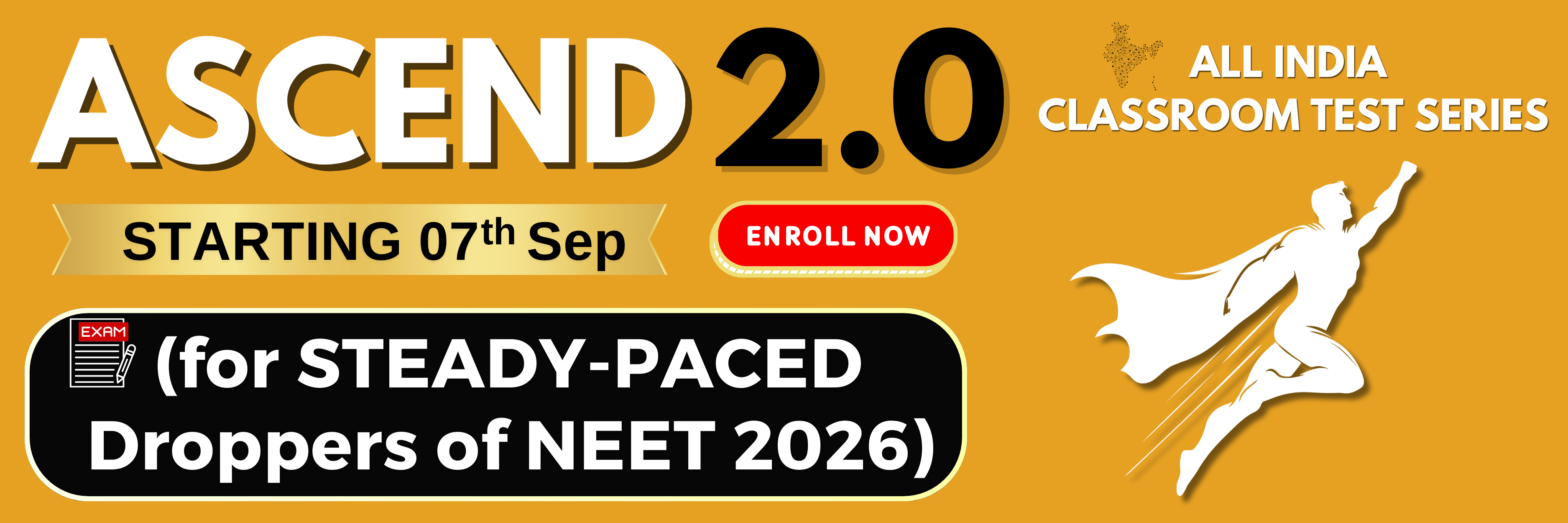The scalar and vector product of two vectors, and is equal to:
1. \(-25\) &
2. \(25\) &
3. \(0\) &
4. \(-25\) &
When vector intersects the Y-axis, it forms an angle of:
1.
2.
3.
4.
If the angle between the vector is \(\theta\), the value of the product is equal to:
1. zero
2. BA2\(\sin\theta \cos \theta\)
3. BA2\(\cos\theta\)
4. BA2\(\sin\theta\)
The component of a vector \(r\) along the \(X\)-axis will have the maximum value if:
| 1. | \(r\) is oriented along the positive \(Y\)-axis |
| 2. | \(3r\) is oriented along the positive \(X\)-axis |
| 3. | \(r\) makes an angle of \(45^{\circ}\) with the \(X\)-axis |
| 4. | \(r\) is along the negative \(Y\)-axis |
Figure shows the orientation of two vectors \(u\) and \(v\) in the XY plane.
If \(u = a\hat i + b\hat j\) and \(v = p\hat i + q\hat j\)
Which of the following is correct?
| 1. | \(a\) and \(p\) are positive while \(b\) and \(q\) are negative |
| 2. | \(a, p,\) and \(b\) are positive while \(q\) is negative |
| 3. | \(a,q,\) and \(b\) are positive while \(p\) is negative |
| 4. | \(a, b, p,\) and \(q\) are all positive |
Which of the following is not possible?
1. sin \(\theta\) = \(3\over5\)
2. sec \(\theta\) = \(100\)
3. cosec \(\theta\) = \(0.14\)
4. None of the above
If is right-angled at C, then the value of cos (A + B) is:
1. \(0\)
2. \(1\)
3. \(\frac{1}{2}\)
4. \(\frac{\sqrt{3}}{2}\)
| 1. | vector \((A\times B)\times C\) is not zero unless vectors \(B\) and \(C\) are parallel. |
| 2. | vector \((A\times B).C\) is not zero unless vectors \(B\) and \(C\) are parallel. |
| 3. | if vectors \(A,B\) and \(C\) define a plane, \((A\times B)\times C\) is in that plane. |
| 4. | \((A\times B). C= |A||B||C|\rightarrow C^2= A^2+B^2\) |
The incorrect statement/s is/are:
1. (b), (d)
2. (a), (c)
3. (b), (c), (d)
4. (a), (b)
The vector sum of two forces is perpendicular to their vector difference. In that case, the forces:
| 1. | are not equal to each other in magnitude. |
| 2. | cannot be predicted. |
| 3. | are equal to each other. |
| 4. | are equal to each other in magnitude. |








